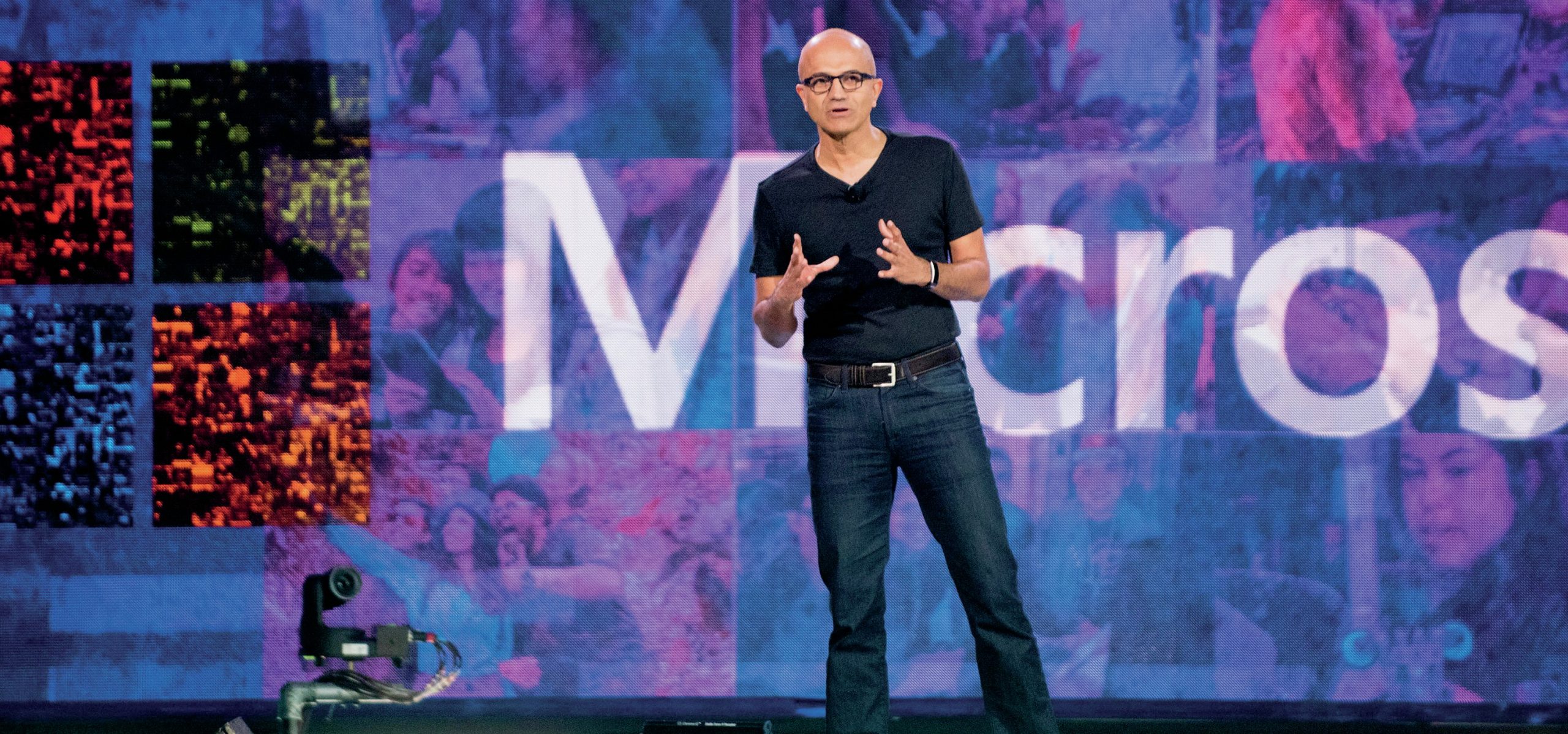
One of the challenges that I set my students is to research and get to know up-to-date and inspirational business leaders who are shaping the current business climate. As a teacher and examiner, it frustrates me that business teachers and students default to the well-known names like Bill Gates (Microsoft), Richard Branson (Virgin), Steve Jobs (Apple) and Anita Roddick (Body Shop). The fact that half of the leaders mentioned are no longer alive and the other half have little to do with the companies they founded is significant. In my view, it is far better to use more relevant and topical leaders and study exactly what they do. I would put forward Elon Musk (Tesla), Jeff Bezos (Amazon), Sheryl Sandberg and Mark Zuckerberg (Facebook) as far more relevant examples to focus on.
I mention this because I recently attended a speech by Matthew Syed, formerly the UK’s number one table tennis player and now a respected author and broadcaster. He told the audience that in its existence, Microsoft, one of the world’s largest companies over the last 30 years, has only had three CEOs. He then challenged us to name them. While we could all name Bill Gates, there were only two people in the audience who had heard of the other two. To my shame, I was not one of them. More to my shame, the current CEO has managed to increase the market capitalisation of the company by a staggering $350 billion — all based on his leadership and changing the culture within the organisation.
Your organisation does not have access to this article.
Sign up today to give your students the edge they need to achieve their best grades with subject expertise
Subscribe




